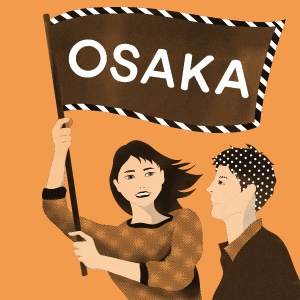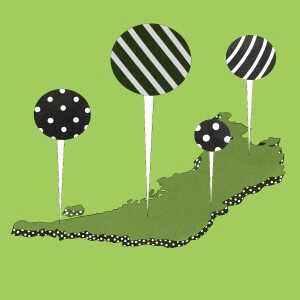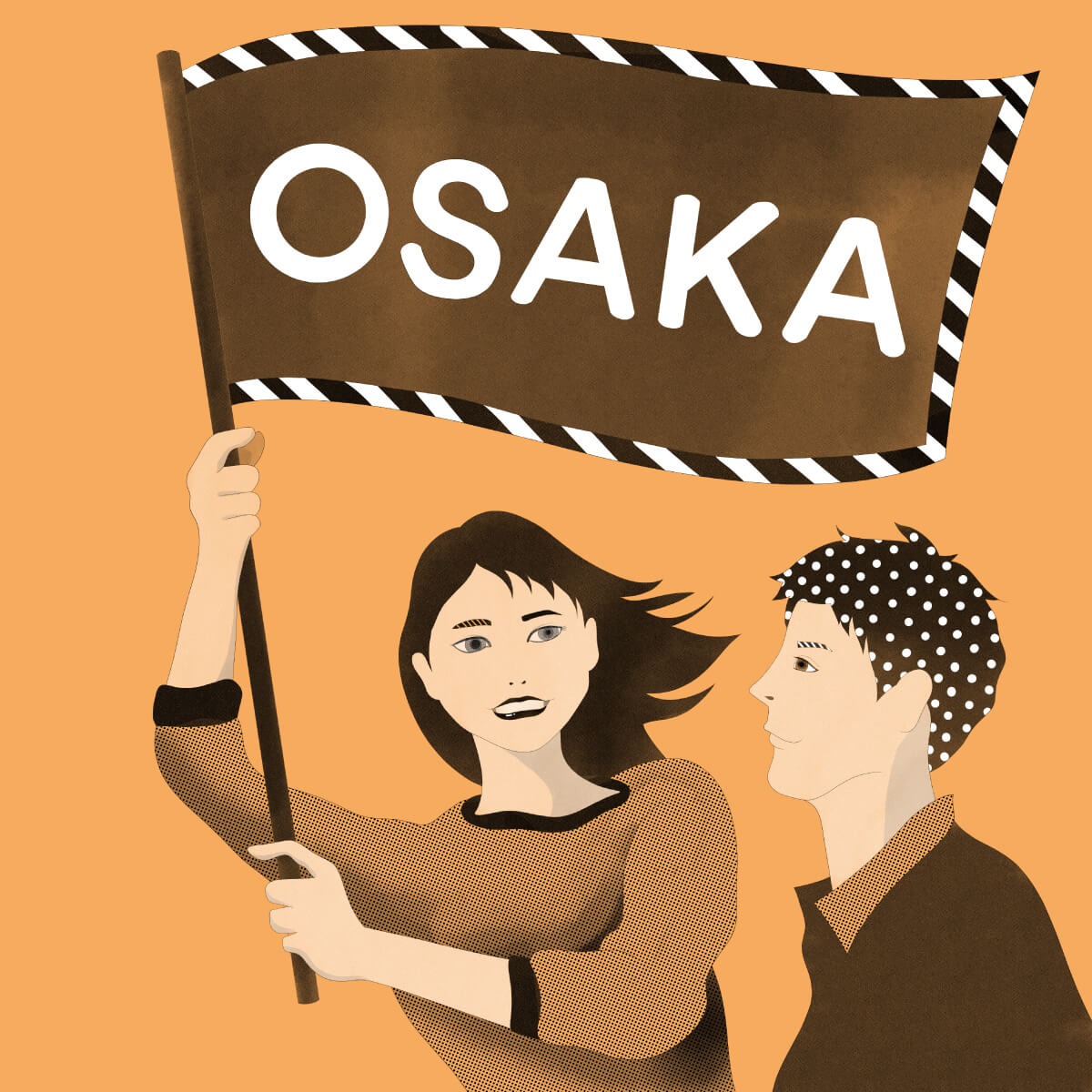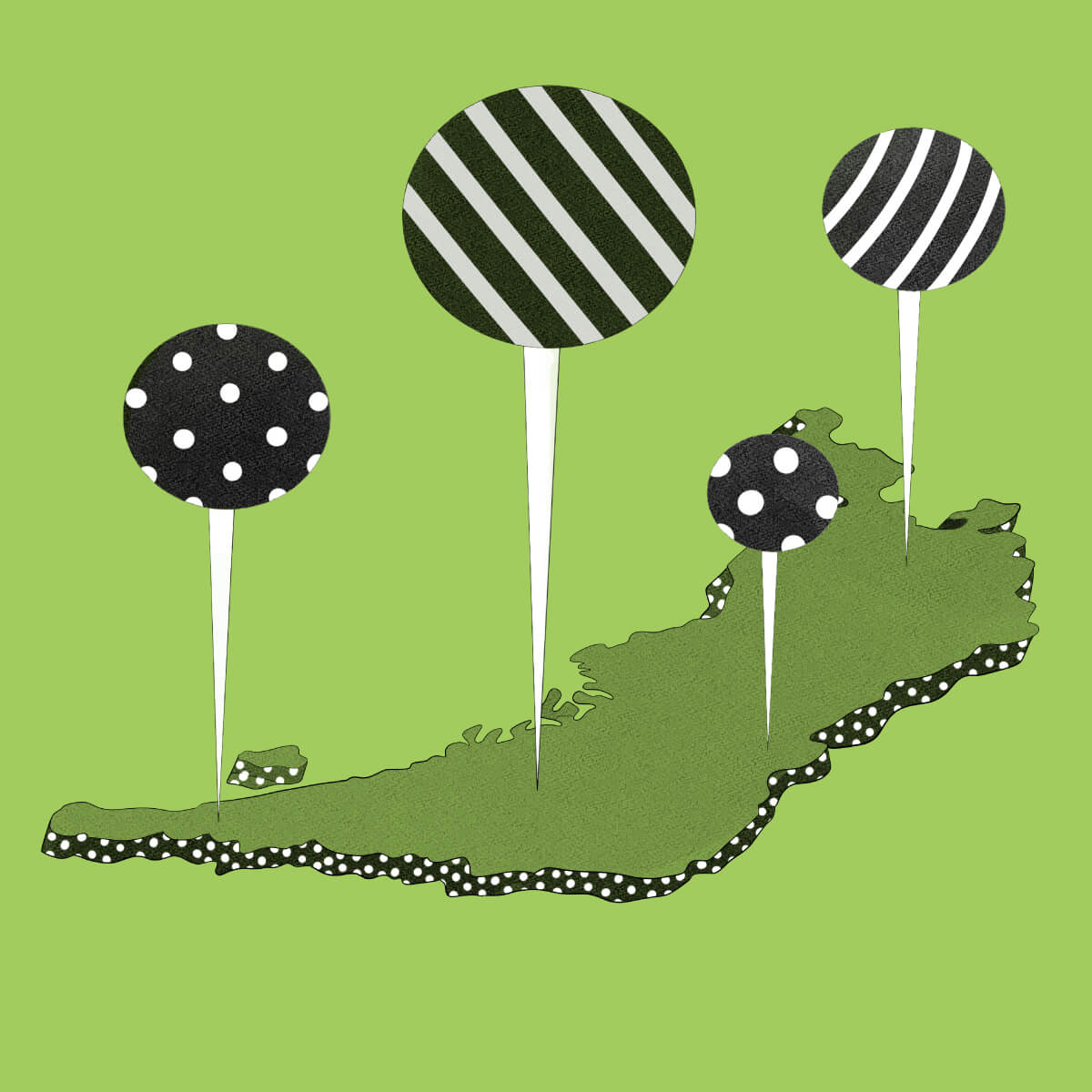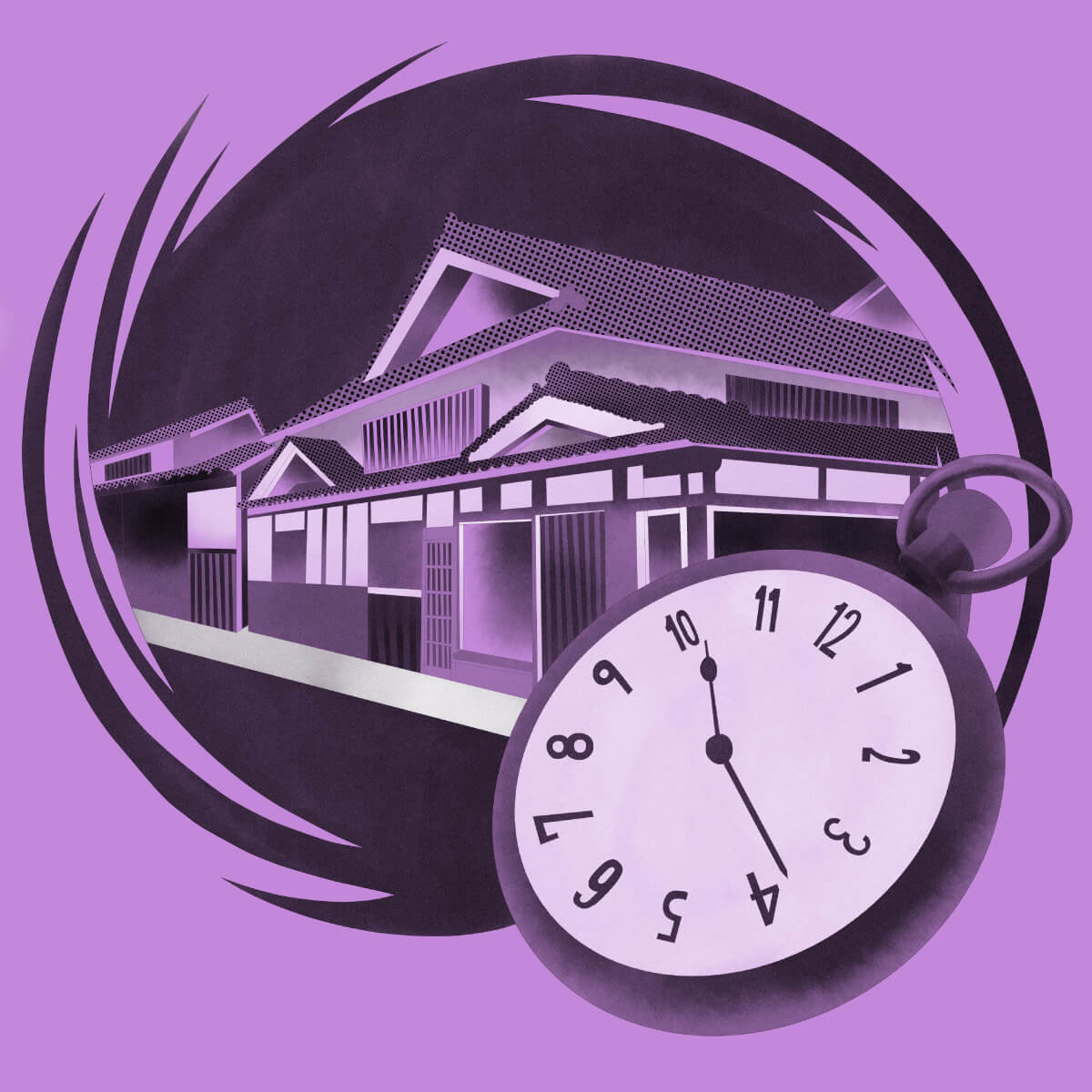-
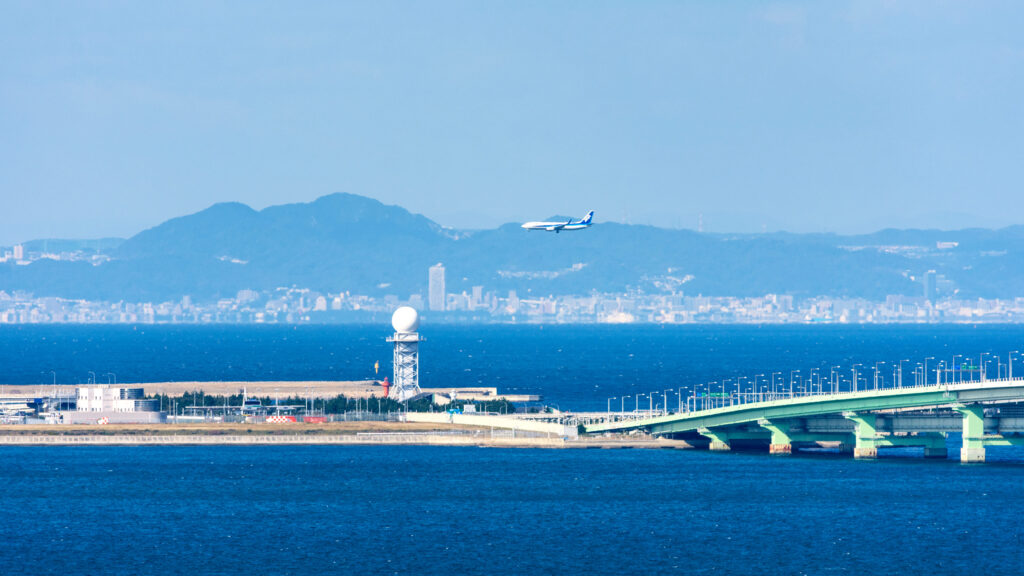 Drop by if you’re near Kansai Airport! A Must for Gastronomes: Rinku Town Morning Market & Cafe2024.03.28
Drop by if you’re near Kansai Airport! A Must for Gastronomes: Rinku Town Morning Market & Cafe2024.03.28 -
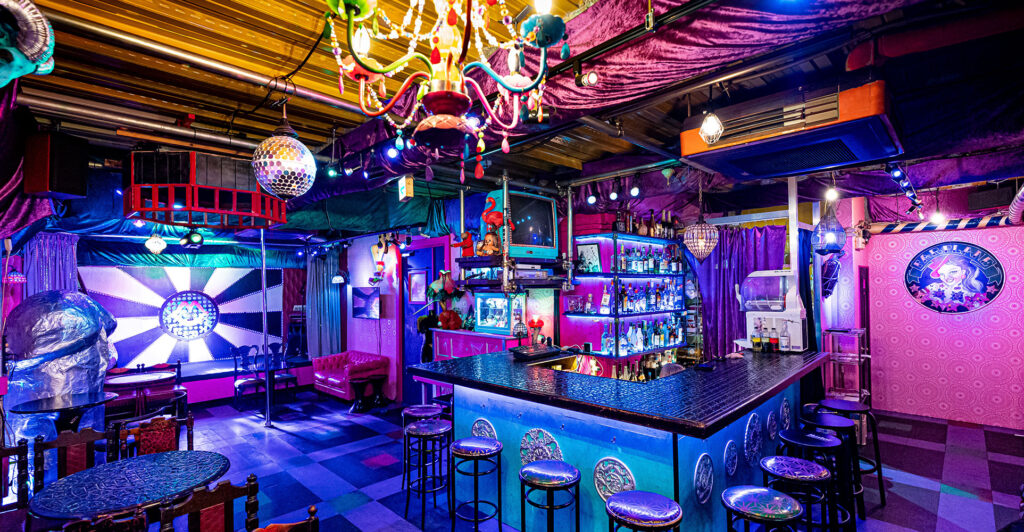 Drop by if you’re near Namba! FARPLANE, a different world of rich, vibrant colors floating amidst the night of Amerikamura2024.03.28
Drop by if you’re near Namba! FARPLANE, a different world of rich, vibrant colors floating amidst the night of Amerikamura2024.03.28 -
 Drop by if you’re near Sakai! A Journey with Stopovers on the Hankai Tramway2024.03.28
Drop by if you’re near Sakai! A Journey with Stopovers on the Hankai Tramway2024.03.28

Drop by if you’re near Tennoji or Osaka’s major shopping districts!! Experience Osaka’s oldest commercial city, Hiranogo. Follow the traces of history connecting back to ancient times.
2024.03.28
JR Hirano Station is located a five-minute ride on the JR Yamatoji Line from Tennoji, a shopping district located in southern Osaka City. The surrounding area, called Hiranogo, is the oldest settlement in Osaka, and it was already booming as a commercial city during the early Heian period (794-1185). During the Middle Ages, it grew to become an autonomous moated city the equal of the southern city of Sakai, and despite being set ablaze during the Summer Siege of Osaka, it recovered magnificently. During the Edo period, it developed further as a distribution center for cotton. Currently, many old temples and shrines remain throughout the area, and it is known among history buffs as a very attractive place to take a walk and look at the vestiges of the moat that are still visible. The following is an overview of the historic Hiranogo and its must-visit spots.
Highlights!
・Get to know the history of Hirano, which developed as an autonomous city
・Enjoy a walk among the scattered historic remains
・Relax in the town’s nostalgic atmosphere

The history of Hiranogo reaches back to the Asuka period (538-710), when Prince Shotoku built the Yakushido Hall of Senko-ji Temple and townhouses began to spring up around the area. The settlement spanned approximately 900m north-to-south and 800m east-to-west. At the start of the Middle Ages, it became a settlement surrounded by an enormous moat and earthworks, and it gained autonomy under a sotoshiyori (an agent of the local magistrate) with the right to refuse entry to the provincial constable.

The area around JR Hirano Station is the northernmost point of Hiranogo. The path between the shopping center and a residential neighborhood was once part of the settlement’s moat—traces of it can still be seen here and there.

Moving southward from JR Hirano Station and eastward along National Highway 25, one comes across a stone monument to the Koga Domain Encampment. During the Edo period, when the feudal lords of Hiranogo changed many times, it became the Shimosa Province of the Koga Domain from 1713 until the end of the shogunate. Currently, an elementary school stands atop the remains of this encampment.

Through the school’s front gate, the encampment gate’s wood can currently be found reused as part of Dainenbutsu-ji Temple’s southern gate. The encampment gate was rebuilt as a yakuimon gate (a type of gate with a gabled roof), but vestiges of the original can still be seen in the gate doors.

Not far from the Koga Domain Encampment site can be found one of Hiranogo’s landmarks: Kumata Shrine. This old shrine’s current first main hall, Gion Shrine, was built in 862 by Sakanoue no Masamichi, lord of Kumatago and grandson of Sakanoue no Tamuramaro. At the end of the Kamakura period (1185-1333), the second main hall, Kumano Sansho Gongen, was reformed as the Kumano Gongen shrine complex by Emperor Go-Daigo.

The huge camphor tree towering over the entrance to the shrine grounds is estimated to be more than 1000 years old, making it the oldest tree in Osaka. The trunk is nearly ten meters in circumference, and it has been designated by the Osaka government as a natural monument.

The shrine grounds hold Japan’s only extant renga poetry house. Renga is a form of poetry in which the first and second half of a waka poem are separated and recited by multiple people. During the Edo period, the seven families which developed Hiranogo held popular renga recitals. The building is currently one of Osaka City’s Designated Tangible Cultural Properties.

On the northeast side of the shrine grounds, the moat which once surrounded the settlement can still be seen in its original form.
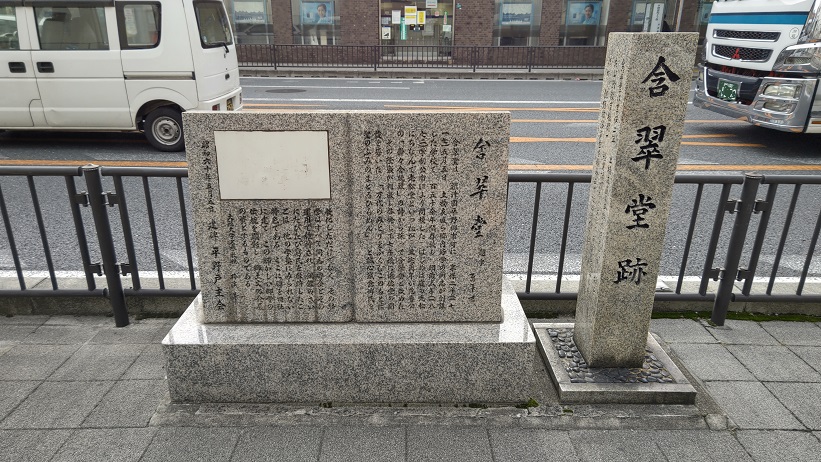
Traveling further along National Highway 25 from Kumata Shrine, one encounters a stone monument to Gansuido, the oldest private education institution in Osaka. Gansuido was opened in 1717 by Tsuchihashi Tomonao and his associates, and it contributed to the education of Hiranogo’s populace for 155 years until 1872. The institution is also known for its activities outside of education, such as raising funds to help the poor.

Turning off National Highway 25 down a side street, one travels back in time to the streets of Japan’s good old days. Located at the intersection of Zanzaibashi-suji and Ichimon-suji, Fukumoto Shouten is a historic Japanese confectioner founded in 1624. Their famous turtle manju has been a local favorite for 400 years.

Proceeding further south from Fukumoto Shouten and entering the shopping street, one comes across the oldest distributor of The Asahi Shimbun in Osaka City, Kobayashi Shimbun-ho, and its Newspaper Seller Museum, which opens once per month on the fourth Sunday of the month. The shop/residence at the back of the photo is designated as a national Registered Tangible Cultural Property (non-public).
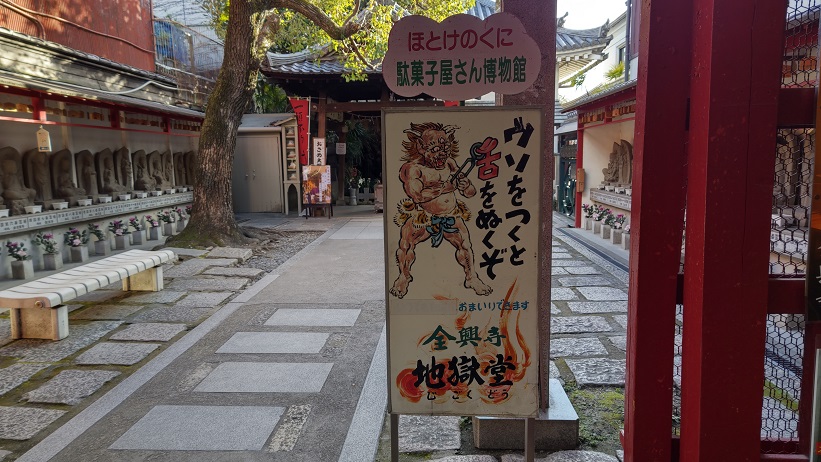
Next to the Newspaper Seller Museum is the north gate of Senko-ji Temple, said to be the starting point of Hiranogo. Here one can look at the displays and the building called Jigoku-do to experience heaven and hell while alive, making it a popular temple to visit.
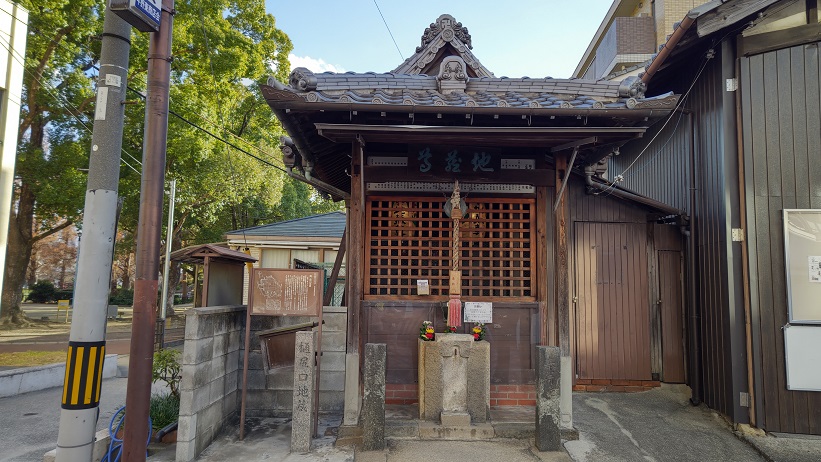
Moving from the street in front of Senko-ji Temple and the Newspaper Seller Museum along Hijiri-suji, one finds Hijiriguchijizo-do. Legend says that this shrine was packed with explosives and detonated in an attempt on the life of Tokugawa Ieyasu as he passed by during the Summer Siege of Osaka. Ieyasu escaped danger because the explosion was mistimed, but the heads of the jizo statues which were thought to have been exploded at that time are currently enshrined in Senko-ji Temple.

Across from Hijiriguchijizodo stands the grave of Ando Masatsugu, a vassal of the Tokugawa house who suffered grievous injuries during the Summer Siege of Osaka and committed suicide by sword in this spot.

Proceeding further to the east, one arrives at the site of the well which the residents of Hiranogo used to draw their drinking water. This well was the only source of clean water in Hirano, whose water was otherwise non-potable. The sake made with Hirano’s so-called “golden water” was loved by Toyotomi Hideyoshi, who was said to have used it at his famous cherry blossom viewing party at Daigo.

Located on the west side of Hirano Park, Akaruhimenomikoto Shrine is an old shrine which was written about in Engishiki, the code of law during the Heian period, and which is one of the original five subordinate shrines of Sumiyoshi Shrine. Currently, it is an external shrine of Kumata Shrine. Its nickname is Sanjuppo-jinja.

Among the many historic streets of Hiranogo, the west side of Akaruhimenomikoto Shrine and the northeast section are two areas with many remaining townhouses. Simply walking along these streets envelops one in a feeling of nostalgia.
ACCESS
By train: Take the JR Yamatoji Line to Hirano Station.
Source: Yamato Tsurezure (https://www.yamatotsurezure.com/entry/hiranogoh_01)
Information presented here is current as of 2023. Please check the websites of the individual shops and facilities for up-to-date information on business hours.

